Hands up, I’ll admit it. When collagen supplements first started popping up everywhere, I thought it was just another fitness fad for the IG generation. Chalky powders, influencer smoothies, and promises of “glowing skin” are not exactly the kind of performance edge you talk about in the gym. Especially at the gym I go to…
But somewhere between sore knees after a heavy sled push and skin that looked like it had seen one too many winter miles, (insert thoughts of late, sleepless nights with the newborn in here too) I started paying attention. Turns out, collagen isn’t hype, it’s complex biology.
When you train hard, you break things down. Muscles, tendons, ligaments, cartilage, even the microstructure of your gut lining takes a hit. That’s training: controlled damage that rebuilds you stronger. But the recovery side of that rebuild isn’t just focused on protein and sleep, but the materials your body uses to patch things back together, and that’s where collagen earns its keep.
Collagen makes up roughly a third of all the protein in your body. It’s the scaffolding of your joints, tendons, skin, and connective tissues, basically the stuff that keeps you moving smoothly and holding together under load. As we age (and train more), our natural collagen production dips. The result? Creaky knees, slower recovery, and that “why does my elbow feel like a rusty hinge?” feeling we all get after too many push-press sessions.
That’s when I started using our Xendurance Collagen + Greens, mostly because I wanted something functional, not just another powder to tick a box. What hooked me was how easily it fit into my morning routine. It stirred into oats or blended into a smoothie after a workout. No drama, no weird taste, just a small daily habit that started to feel like a quiet win. Within a few weeks, the dull ache in my Achilles eased, and my skin didn’t look like it was begging for a rest day. Coincidence? Maybe. But the science suggests otherwise.
Collagen peptides, the short chains of amino acids your body can absorb have been shown to stimulate new collagen synthesis in connective tissue. Think of them as building instructions that tell your body, “Mate, we’ve got repairs to make here.” Combine that with consistent training stimulus (because rest days still count as training), and you’re effectively giving your joints and tendons what they need to stay resilient. It’s the boring, daily kind that keeps you in the game.
But here’s where the “+ Greens” part of the story gets interesting. Training, especially endurance or high-intensity work creates an acidic environment in your body. Not “bad” acidic, but enough to stress your system and burn through minerals. Add in the fact that most of us eat fewer vegetables than we think we do (although I’m proud to say not guilty here!), and you’ve got a recipe for low-grade fatigue, sluggish recovery, and the kind of inflammation that lingers longer than it should. The greens blend in Xendurance’s Collagen + Greens isn’t there just for the colour, no sir. It’s loaded with micronutrients, phytonutrients, and natural alkalising compounds that help rebalance your system. Translation: less oxidative stress, more vitality, and maybe even a smoother ride through those winter training blocks.
Guys, it’s that time of the blog again… There’s a quote I love from Serena Williams: “The success of every woman should be the inspiration to another. We should raise each other up.” I think of that every time I look at how our body systems work together. The gut supports recovery. Recovery supports movement. Movement supports the mind. Everything’s connected, and when one part’s neglected, the whole system wobbles. That’s why I like the simplicity of the Collagen + Greens combo as it feeds the whole chain. Joints, skin, gut, all connected, all thriving off consistency, not gimmicks.
And because I work at Xendurance, I see the crossover every day. The athlete chasing a Hyrox podium and the parent fitting training around life both need the same thing: sustainable strength. Collagen + Greens isn’t just a “beauty” product; it’s a quiet support act for anyone trying to keep their body moving well. Pair it with Xendurance Protein for muscle repair and Omega+D3 for joint and immune health, and you’ve basically got a daily recovery system that covers your bases from fascia to focus.
The biggest shift for me came when I stopped thinking of supplements as separate from my food. Instead, I treat them like upgrades to my existing habits. I’m not replacing my meals; I’m reinforcing them. I throw a scoop of Collagen + Greens into my mid-morning shake, and it disappears into the mix. Sometimes I’ll add it to warm oats on a cold training day, with a drizzle of honey. The greens give a subtle earthiness that feels good like fuelling your engine with the clean stuff instead of fumes.
As the winter miles stack up and recovery gets harder to come by, I’ve found that the small, daily habits matter most. We’re not chasing perfection in the masses, but we’re absolutely talking about the need for supporting consistency. Your knees, your gut, your skin, they’ll all thank you in the long run. So next time you roll your eyes at another “superfood” trend, remember: some trends stick because they work.
And this one? It’s a huge seller at Xendurance for good reason, and it’s earned its own place in my kitchen cupboard, right next to the coffee.




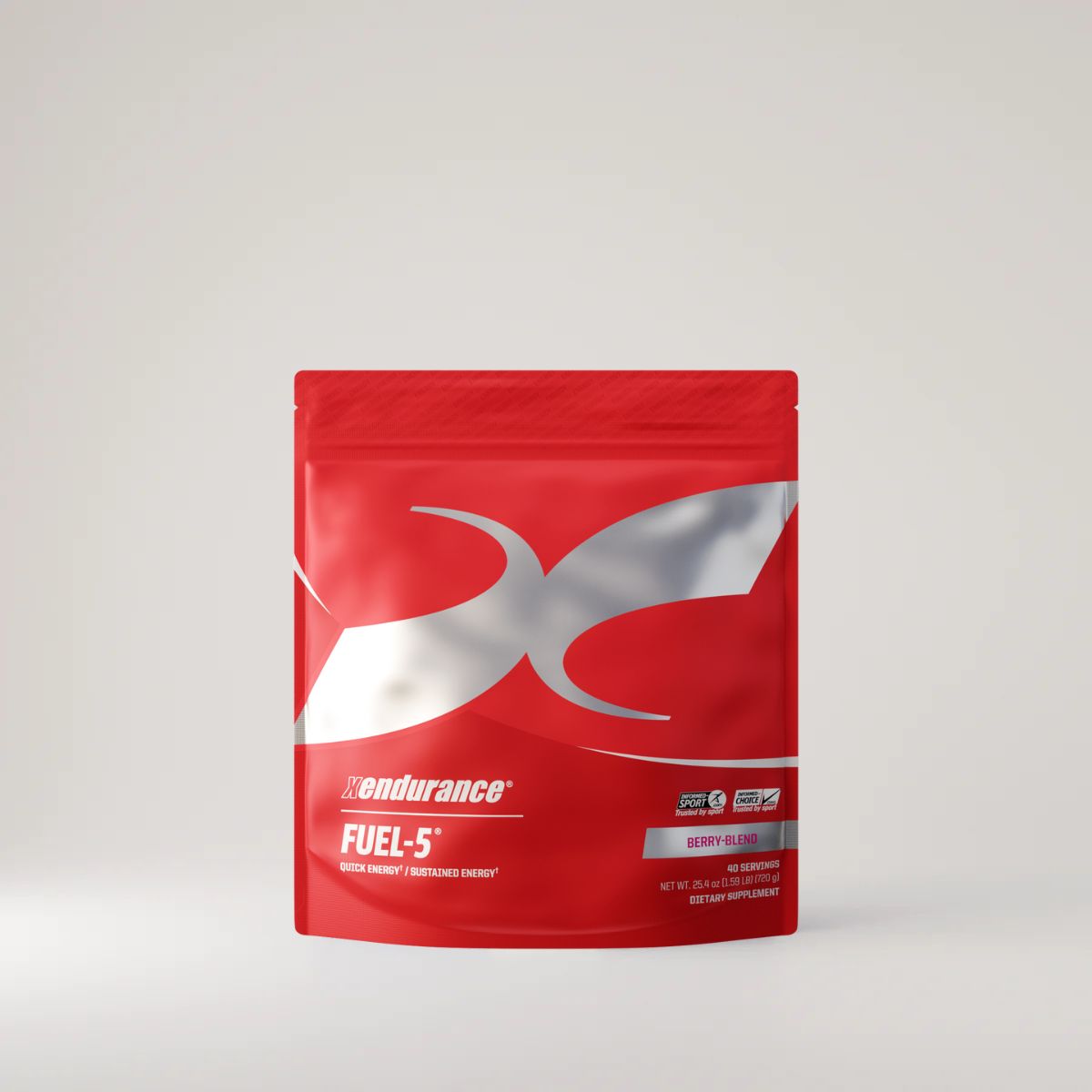
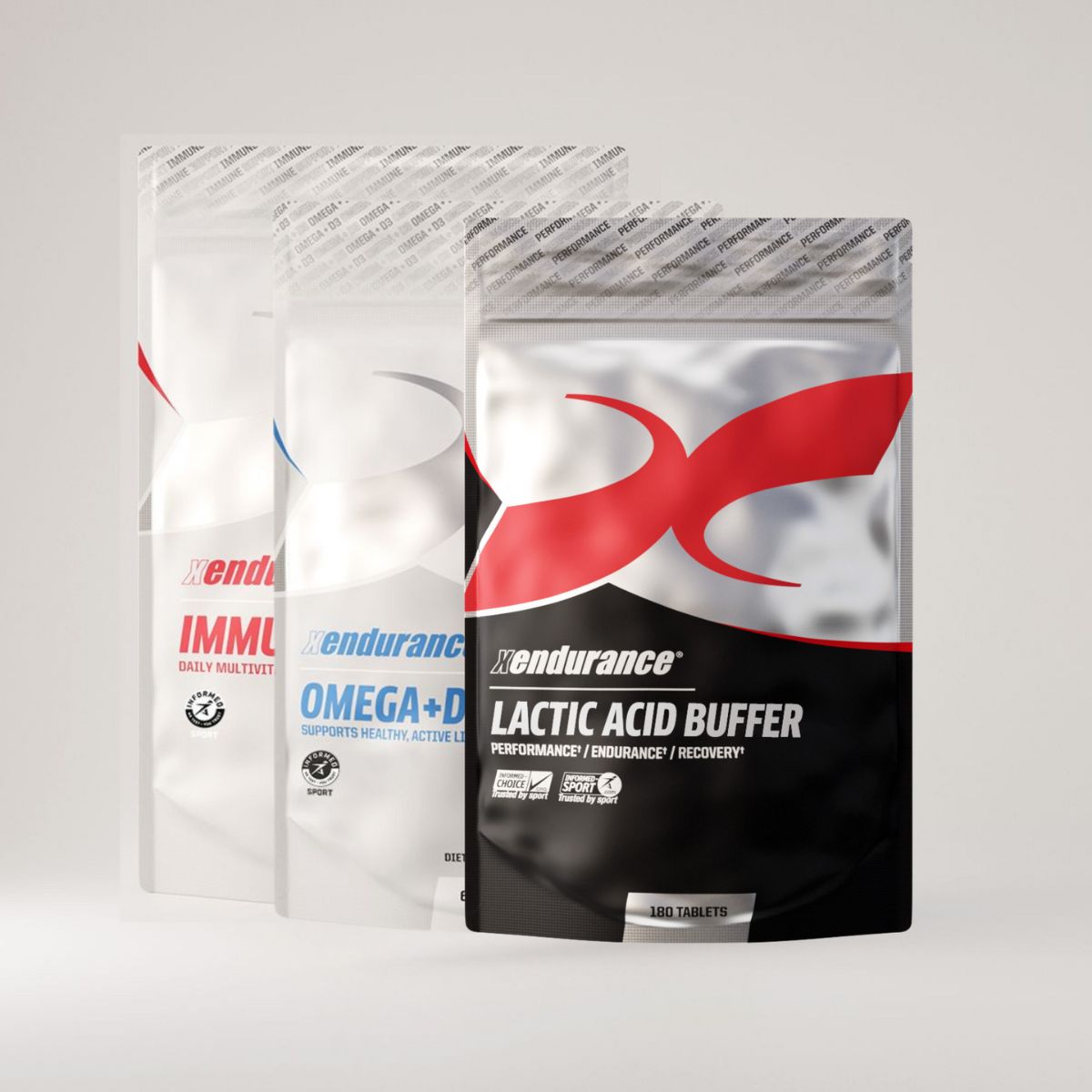
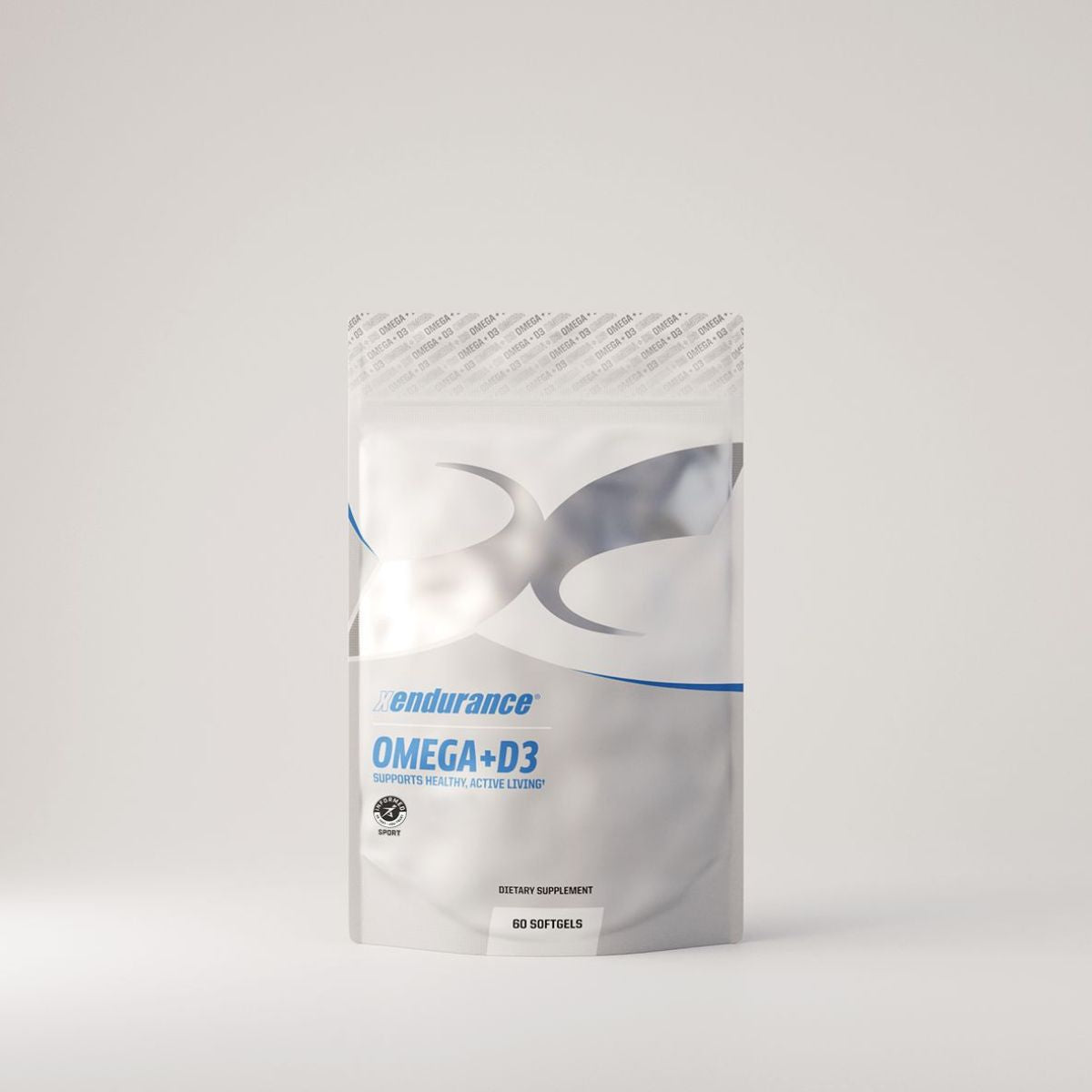
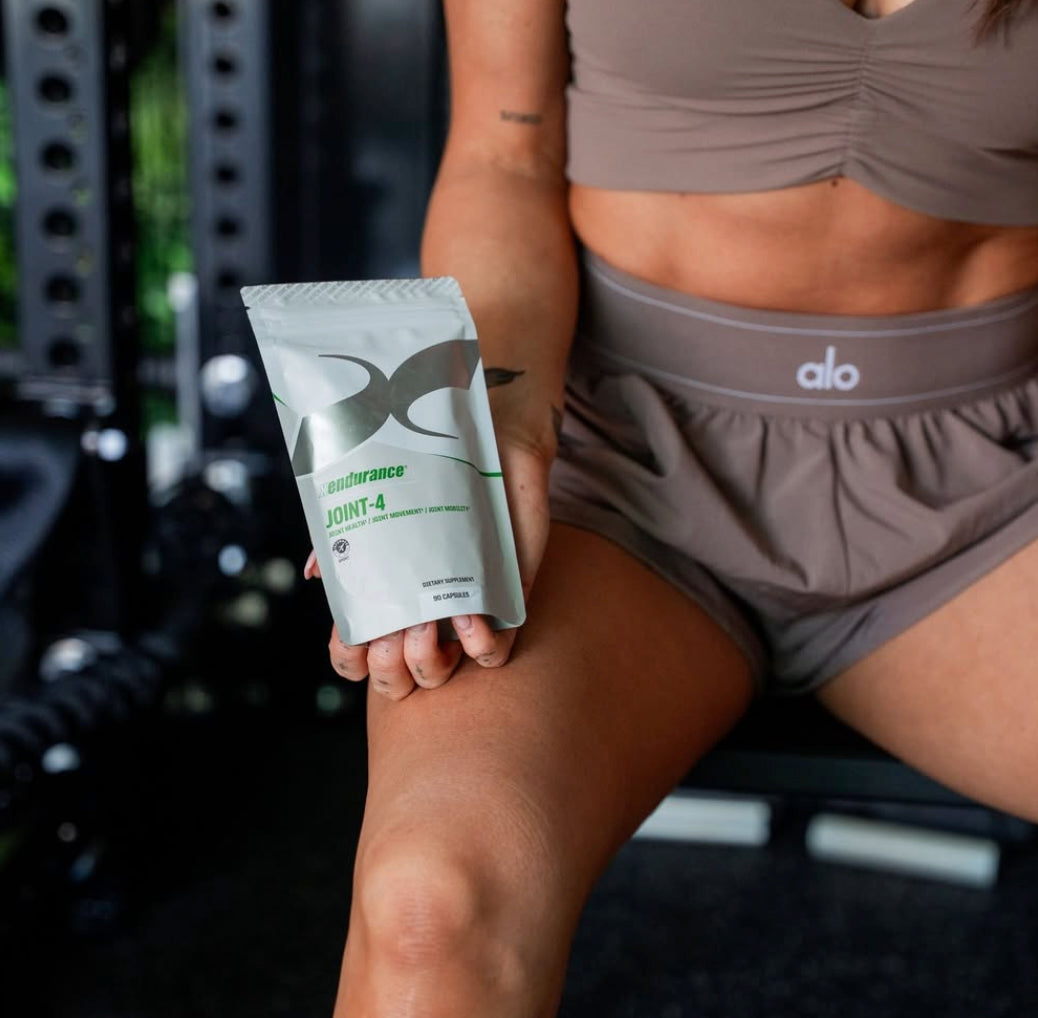
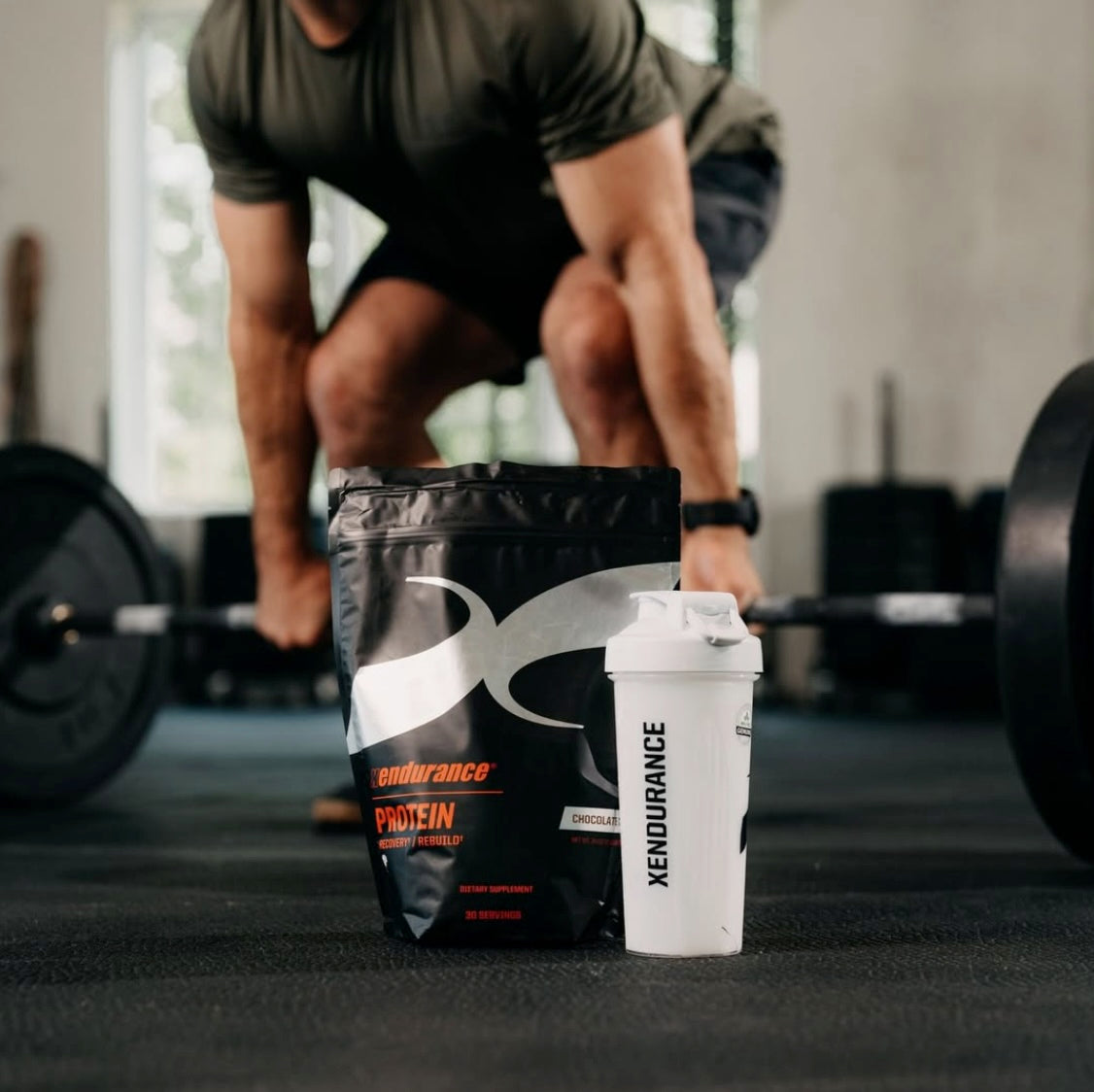
Leave a comment
This site is protected by hCaptcha and the hCaptcha Privacy Policy and Terms of Service apply.